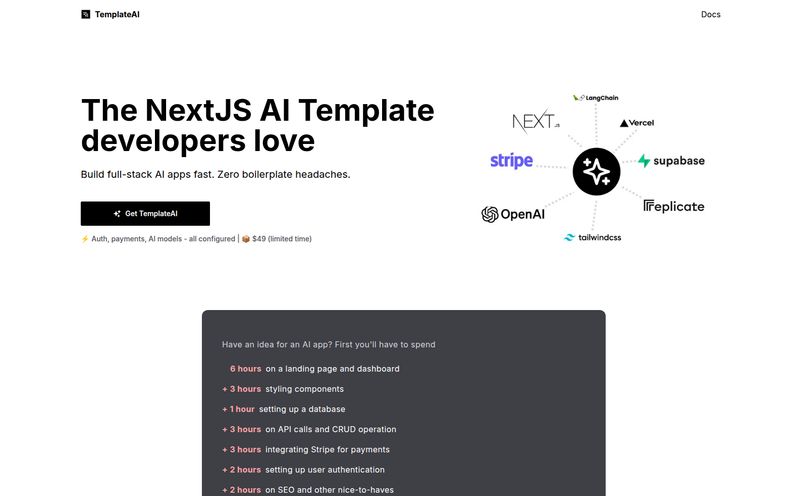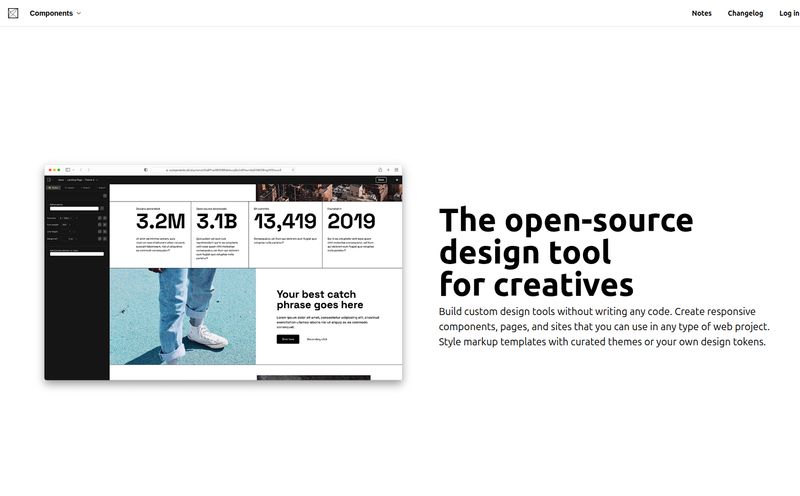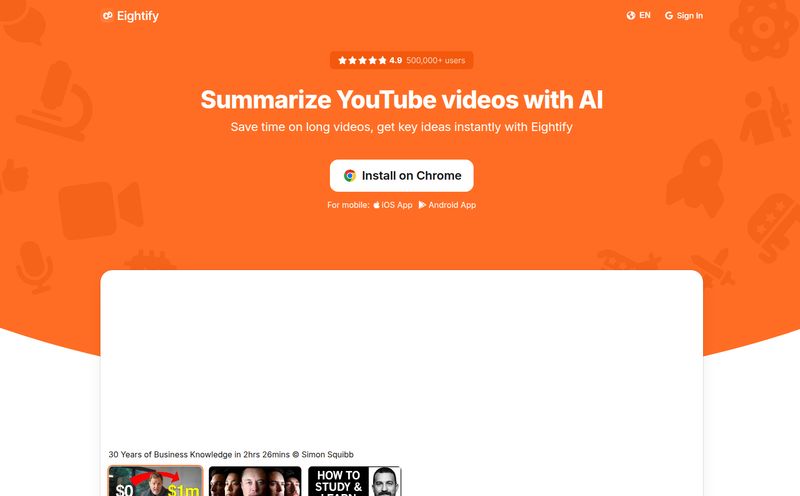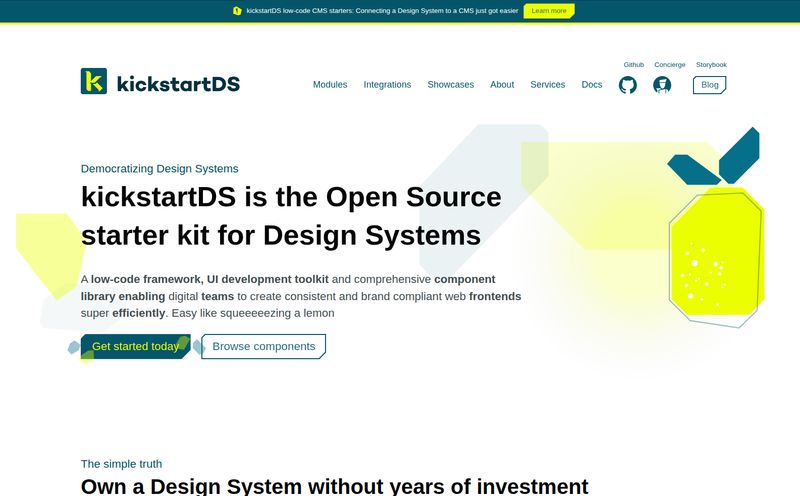If you’re a developer, what’s the one task you procrastinate on the most? If you didn’t immediately say “writing documentation,” you’re either a saint or you’re lying. For years, it’s been the necessary evil of our industry—the tedious, soul-crushing work that comes after all the fun, creative coding is done. It’s the broccoli of software development. You know it’s good for the project, but you’d rather have the dessert.
I’ve lost count of the number of projects where the docs were outdated, incomplete, or just… plain wrong. It’s a huge bottleneck for onboarding new team members and a source of constant frustration. So when I heard about a tool called Postlog that claims to generate clear, concise API documentation in seconds using AI, my interest was definitely piqued. Another AI tool promising to solve all our problems? Color me skeptical, but intrigued.
So, What Exactly Is Postlog?
At its core, Postlog is an API documentation generator on steroids. It connects to your codebase (via GitHub, which is a nice touch) and uses a Large Language Model—yep, the same kind of tech behind ChatGPT—to analyze your API endpoints and automatically write the documentation for them. No more manually typing out every parameter, every response code, every little detail. It sounds like magic, and frankly, it’s about time someone applied this AI wizardry to one of the most thankless tasks in our field.
It’s built to work with the tools you're probably already using. We’re talking major frameworks like Express, Flask, and Django right out of the box. The whole idea is to slip it into your existing workflow and take a massive chunk of work off your plate, freeing you up to actually build things.
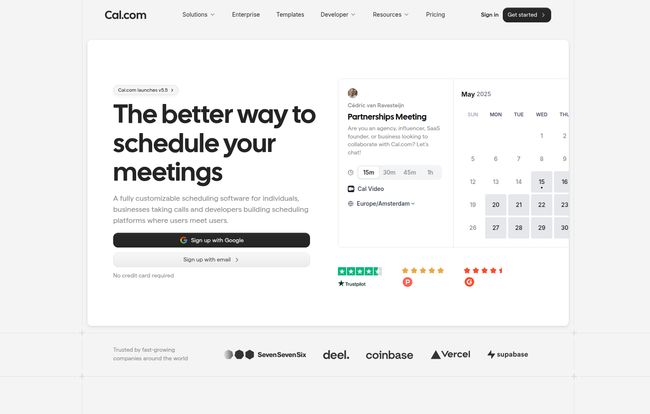
Visit Postlog
The Features That Actually Matter
A flashy landing page is one thing, but does the tool actually deliver? I took a look under the hood, and a few things stood out to me as genuinely useful, not just marketing fluff.
Seriously Fast API Documentation
The speed is the first thing they tout, and it seems to be the real deal. The promise is documentation in seconds. Think about that. The hours you might spend meticulously documenting a new set of endpoints could be compressed into the time it takes to grab a coffee. For rapid development cycles or agile teams, this isn't just a convenience; it's a competitive advantage. Less time documenting means more time shipping features.
Plays Nice with Your Favorite Frameworks
Compatibility is everything. A tool is useless if it doesn’t work with your stack. Postlog’s support for Express.js, Flask, and Django covers a huge portion of the web development world. This isn’t some obscure tool for a niche language; it's aimed squarely at the mainstream. This multi-framework support shows they understand that development teams aren’t a monolith, and we all have our preferred ways of building things.
LLM-Powered Precision (With a Caveat)
Here’s the secret sauce. Using an LLM to generate the docs is brilliant. It can understand the context of your code, infer what parameters are for, and generate human-readable descriptions. Now, let's be real—LLMs aren't perfect. I’ve seen them hallucinate some pretty wild stuff. So, while Postlog’s engine aims for accuracy, I'd still treat the output as a very solid first draft. You'll likely want to give it a quick once-over to ensure everything is spot on. But a 95% complete draft is a heck of a lot better than a blank page, am I right?
Seamless Project Integration
The best tools are the ones you don't even notice are there. Postlog integrates directly with your project pipeline via GitHub. This means your documentation can always stay in sync with your codebase. Every time you push a change to your API, the docs can be updated automatically. This is the holy grail of documentation: keeping it alive and accurate without constant manual intervention. It transforms documentation from a static, one-time task into a living part of your project.
Let's Talk Money: A Look at Postlog's Pricing
Okay, this is often the make-or-break part. Does it cost a fortune? The pricing structure is actually pretty interesting and, in my opinion, quite smart. They've made it accessible for almost anyone to get started.
| Plan | Price | Key Features |
|---|---|---|
| Basic | $0 / month | GitHub integration, up to 50 collections, works with public & private repos. |
| Pro | $10 / month | Everything in Basic, plus advanced LLMs for better accuracy, editable collections, and up to 150 collections. |
| Enterprise | Contact Sales | Everything in Pro, plus role-based access, unlimited collections, and the intriguing "Talk to your codebase" feature. |
The Basic plan at $0 is incredibly generous. Fifty collections is more than enough for solo developers, students, or small teams just trying it out. The fact that it includes private repos on the free tier is a huge win. The Pro plan at $10 a month seems like the sweet spot for professional developers or growing teams. Access to the more advanced LLMs for higher accuracy is probably worth the price of two lattes a month. The ability to edit collections is also a must-have for any serious project.
And then there's the Enterprise plan. This is where it gets really interesting. Role-based access is standard for big companies, but the "Talk to your codebase" feature? That sounds like the future. Imagine being able to ask questions about your API in natural language. That could be a game-changer for complex systems.
The Good, The Bad, and The Code
No tool is perfect, so let’s get down to it. The biggest pro is obvious: it automates a tedious, time-consuming, and error-prone process. The speed and framework support are massive pluses. It's a genuine problem-solver.
On the flip side, you're placing your trust in an LLM. While the tech is amazing, it can make mistakes. You can't just blindly trust its output without a quick sanity check. This isn't a replacement for understanding your own API, but a powerful assistant. Also, to get the best features and higher limits, you do have to move to a paid plan. But honestly, for what it does, the pricing seems more than fair.
Who Is This Really For?
In my experience, a tool like this has a pretty broad audience.
- Solo Devs & Freelancers: The free plan is a no-brainer. It makes you look more professional and saves you time you could be spending on your next gig.
- Startups & Small Teams: The Pro plan is perfect. It keeps your team aligned, speeds up development, and ensures new hires can get up to speed quickly without bugging senior devs constantly.
- Large Organizations: The Enterprise plan, with its advanced collaboration and query features, seems custom-built for managing the complexity of microservices architectures and large, distributed teams.
Basically, if you write APIs and you're tired of writing documentation, Postlog is worth a serious look.
My Final Thoughts on Postlog
I came in skeptical, but I'm leaving impressed. Postlog isn't just another shiny AI toy; it’s a practical tool that solves a real, persistent pain point for developers. It’s not about replacing developers, but about augmenting them—taking away the drudgery so we can focus on the creative, problem-solving parts of our jobs. It turns the broccoli of development into something... well, maybe not dessert, but at least a much more palatable side dish.
Will it get every single detail right every time? Probably not. But will it save you a ton of time and get you 95% of the way there? Absolutely. And in the fast-paced world of software, that’s a win I’ll take any day of the week.
Frequently Asked Questions
What frameworks does Postlog support?
Postlog currently supports some of the most popular web frameworks, including Express, Flask, and Django. They are likely to add more over time as the platform grows.
Is Postlog's free plan good enough to start?
Yes, absolutely. The Basic plan is very generous, offering support for up to 50 collections and integration with both public and private GitHub repositories. It's a perfect way to test the platform's core functionality for your projects.
How accurate is the AI-generated documentation?
The documentation is generated by an advanced LLM, so it's generally quite accurate and context-aware. However, as with any AI tool, occasional inaccuracies can occur. It's always a good practice to review the generated docs as a final sanity check, especially for complex endpoints.
What is the "Talk to your codebase" feature?
This is an advanced feature available on the Enterprise plan. It allows users to ask questions about the API and codebase in natural language, making it much easier to find information and understand complex systems without digging through code manually.
Can I use Postlog with private GitHub repositories?
Yes! One of the great things about Postlog is that it supports private repositories even on its free Basic plan, making it accessible for proprietary and commercial projects from the very beginning.
References and Sources
- Postlog Enterprise Plan Information: https://cal.com/postlog/quick-catchup-call
